TECH
Flying cars: Are we there yet?
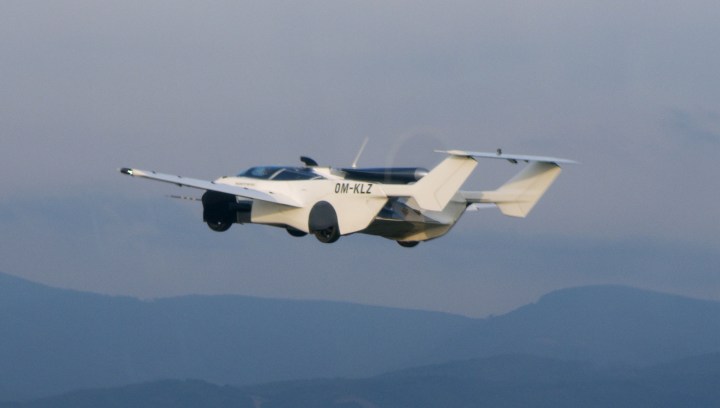
In 2020, a number of flying car developers made significant strides towards the urban aerial mobility dream, and now some are promising to make the flying car and passenger drones a reality by 2023.
On 27 October 2020, KleinVision, the Slovakian would-be flying car manufacturer founded by Professor Stefan Klein, posted a video on their YouTube channel. It was of their flying car concept, dubbed the Aircar, on its maiden flight.
The two-and-a-half-minute video shows the vehicle, which resembles a futuristic professional racing car, driving along the road on four wheels like any other, before it goes into full transformer mode. At first, a spoiler extends further out towards the back, then wings that fold horizontally and towards the back along the sides of the Aircar lift up before spreading out to the sides.

AirCar. Image: Klein Vision
KleinVision says that the full transformation takes less than three minutes. A couple of scenes later, the Aircar speeds down a runway wings out while still on all four wheels, before taking off into the air, reaching an altitude of nearly half a kilometre, 457 metres to be exact.
During that maiden flight, it was powered by a 1.6L BMW engine, but, according to Klein, it would eventually be powered by an engine with twice the power output, made by South African company ADEPT Airmotive. Its estimated travel range is 1,000 kilometers, with flight fuel consumption of 18l/h.
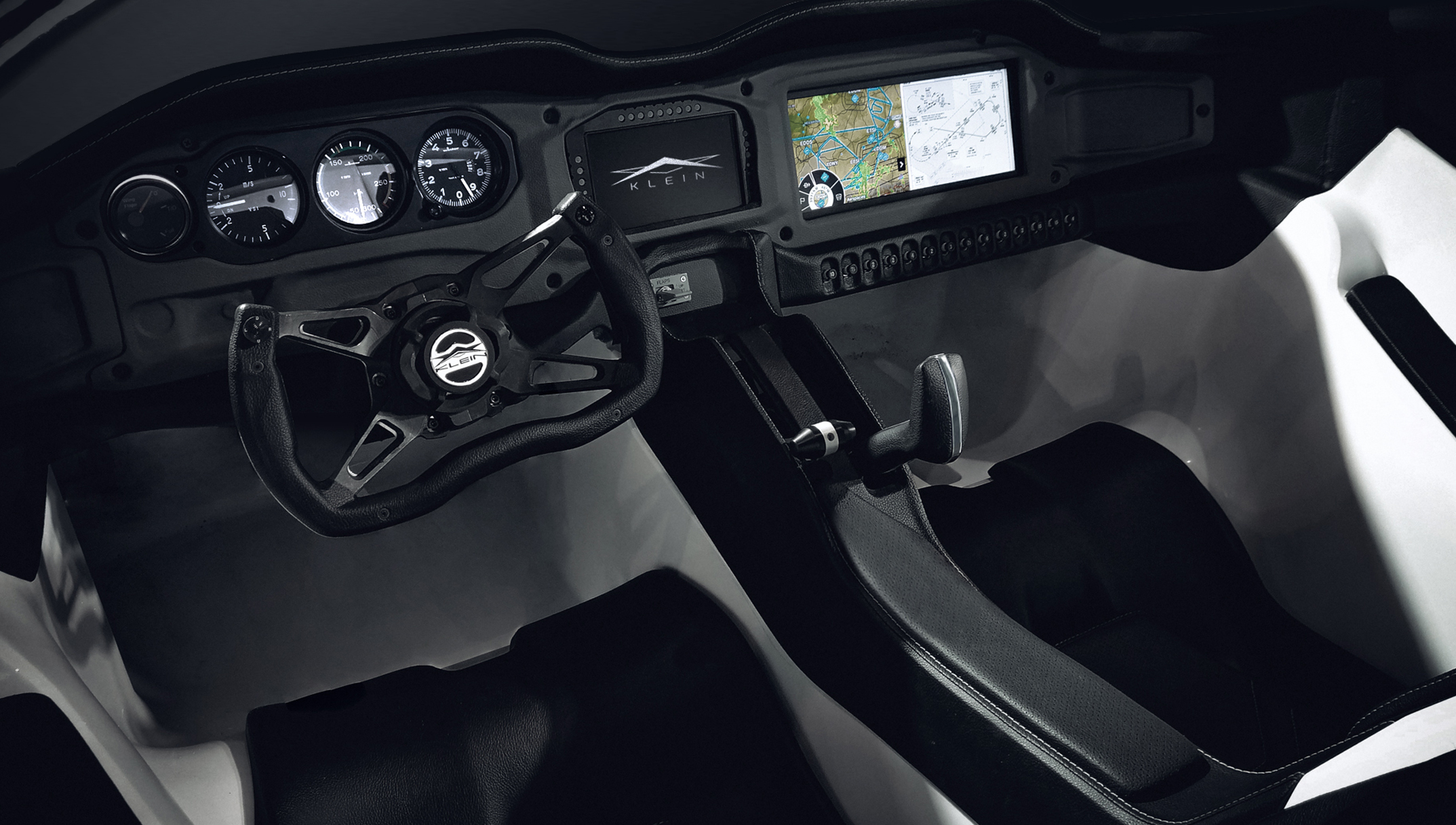
AirCar. Image: Klein Vision
While you were in lockdown: The eVTOLs have landed
2020 was arguably a significant year towards making the flying car dream a reality. Klein and co were certainly not the only ones to make major vertical moves. While their prototype stands out as one of the few models that most closely resembles a four-wheeled car, the category that is seeing the most action is what is known as eVTOL (Electric Vertical Takeoff and Landing).
Roughly, these resemble manned drones rather than road cars. They don’t have wheels and, as the name suggests, they take off vertically in a similar fashion to drones or helicopters.
Just two months prior to KleinVision’s YouTube post of the Aircar’s maiden flight, the Toyota backed SkyDrive team posted a video titled “SkyDrive Project SD-03 world debut”, which showcased their small one-seater SD-03 vehicle taking flight and hovering above ground for four minutes, at an altitude of approximately 1.8 metres. Skydrive says, “The practical use target of our Flying Car is 2023. Lots of sponsors, such as Panasonic, NEC etc, are supporting us. This summer we’re planning to conduct our first public manned demonstration flight (by video)!”
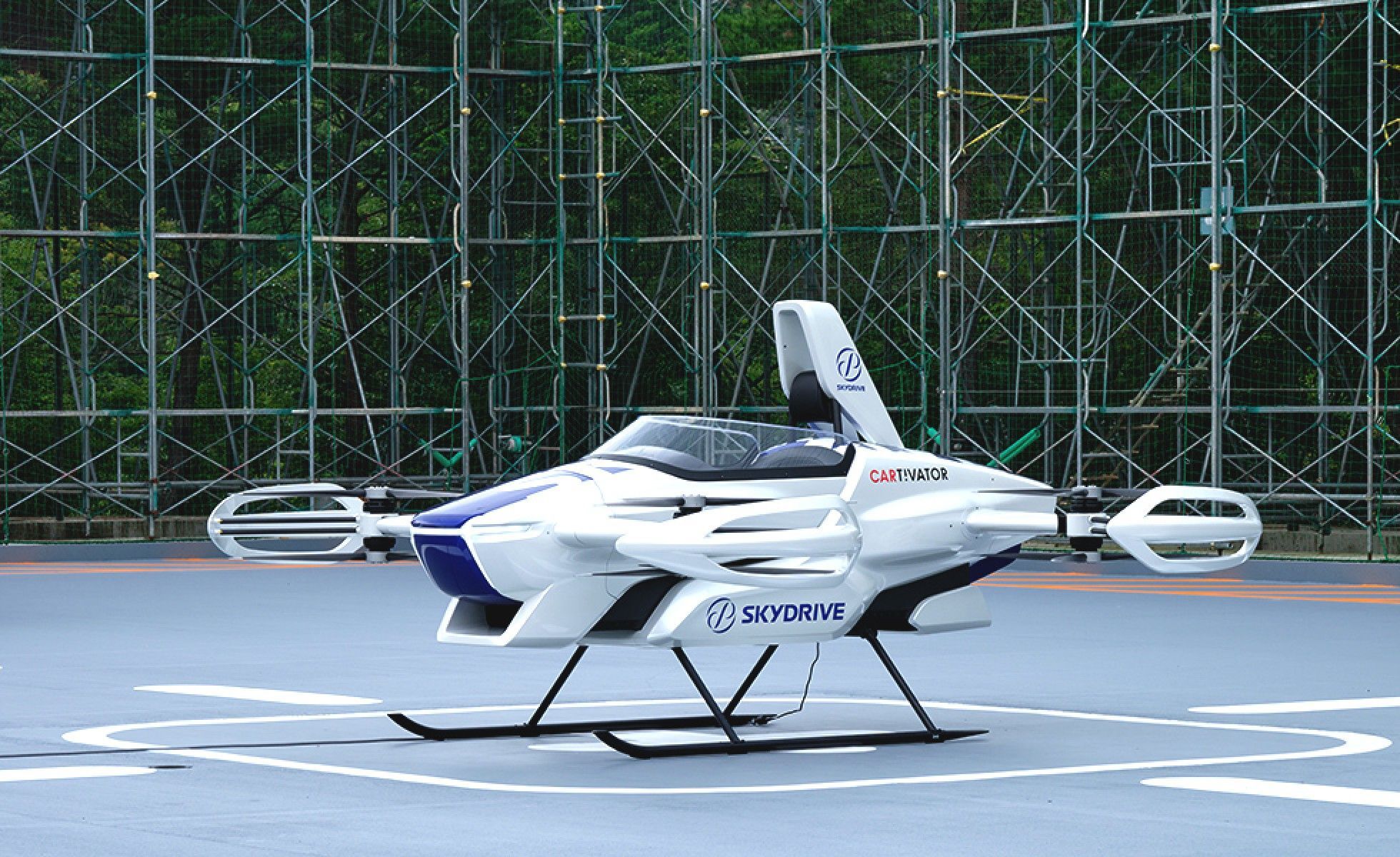
Image: SkyDrive
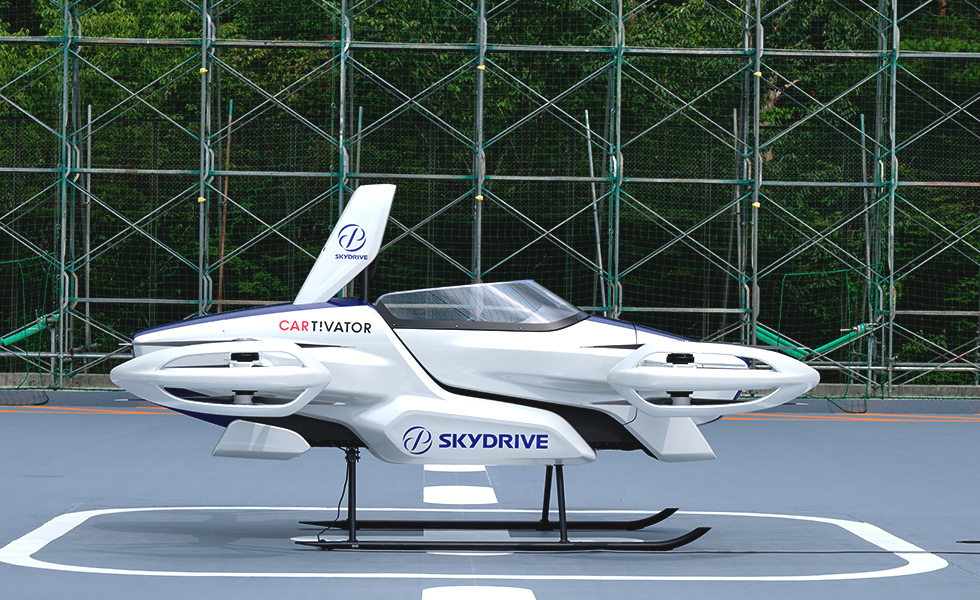
Image: SkyDrive
Meanwhile, German “urban air mobility” company Volocopter is betting on eVTOLs as a kind of future Uber service. And not too distant a future. As of September 2020, would-be riders have been able to book tickets for future 15-minute flights for $355 (R4,894) on the VoloCity air taxi, a two-seater eVTOL with 18 rotors, resembling a drone-helicopter hybrid.
According to Volocopter, “When you experience a VoloCity for the first time, you won’t believe your ears… All 18 rotors acoustically operate within a narrow frequency range, thus cancelling each other out to a high degree. By comparison, VoloCity air taxis are four times quieter than a small helicopter… Commercial flights in Paris and Singapore are planned to take off within the next three years.”
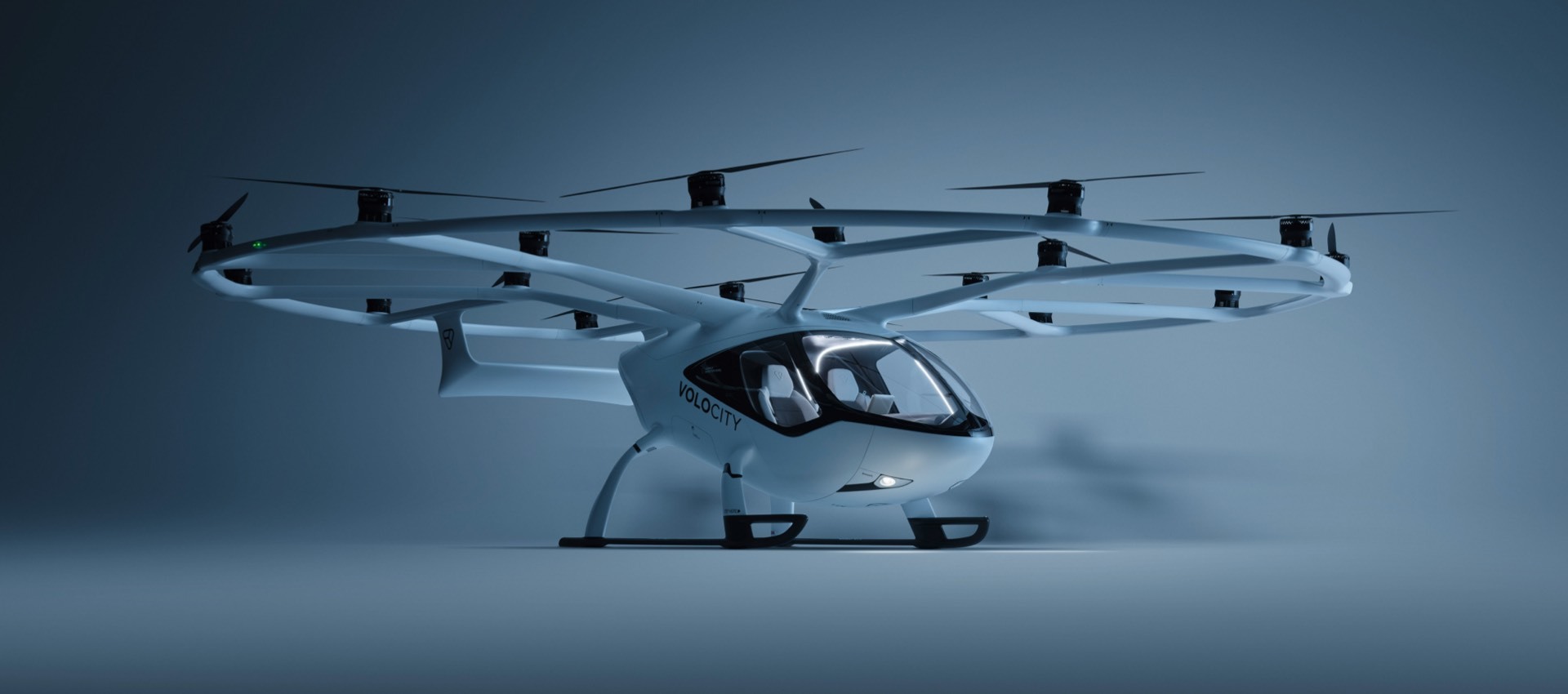
The VoloCity air taxi. Image: Volocopter
Whether that ambitious goal is reached remains to be seen. Urban air mobility enthusiasts might be familiar with previous unmet targets, such as that of Ehang, the Chinese company that was supposed to launch a self-flying taxi service in Dubai back in July 2017, in partnership with the Dubai Roads and Transport Authority (RTA).
Like the VoloCity, this aircraft, the Ehang 184, is a two-seater. It has eight arms that fold out like a drone, on which its rotors sit. It also has 18 inches of storage space that can handle a small suitcase. Being unmanned, potential passengers would use the service through an app that resembles the Uber app. On 4 June 2021, Ehang posted a video of the latest iteration of its “autonomous aerial vehicle”, the Ehang 216, making a successful test flight in Japan.
Back to the future
For those who prefer more of a private ownership experience, one that is also car-like, the abovementioned Aircar is not the only option promised to be available in the near-future.
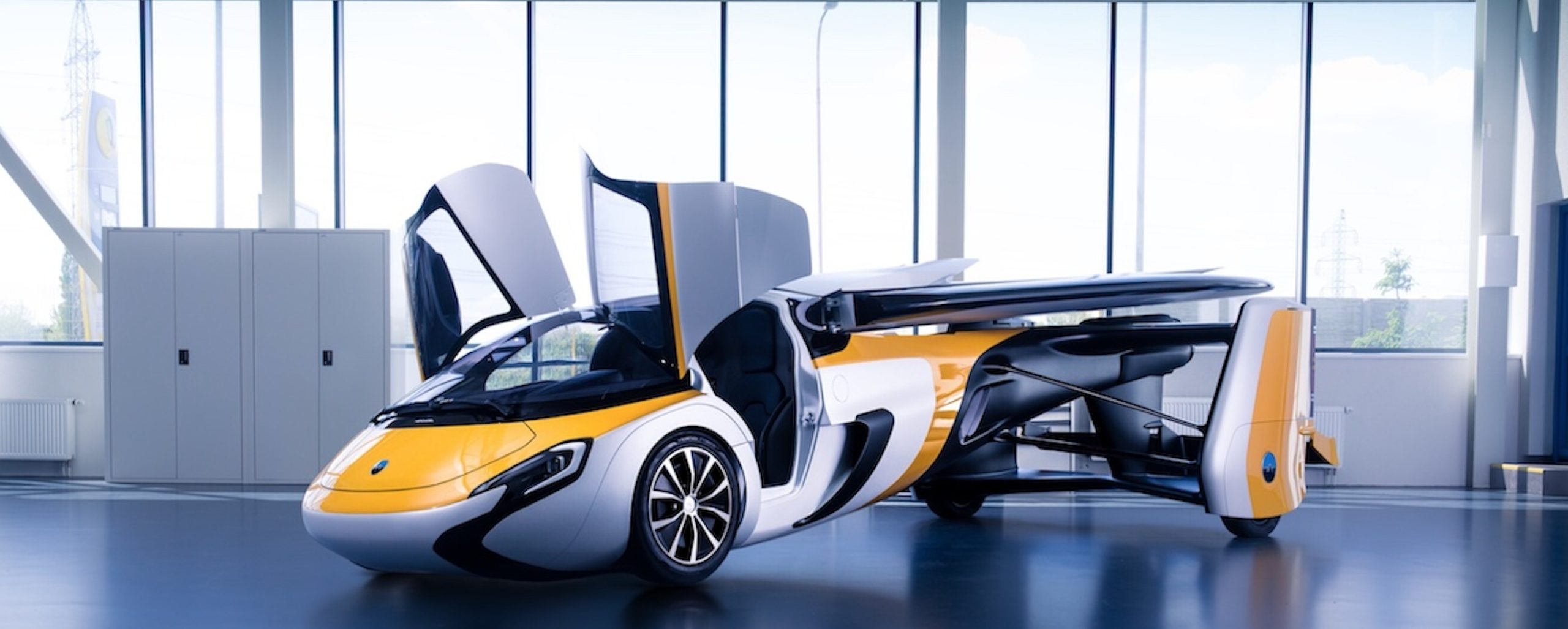
Image: Aeromobil
AeroMobil promises a four wheeled “ultra-high-end vehicle that is equally at home on the road or in the sky” in early 2023. At the time of publishing, that’s approximately 19 to 23 months away. Like many others that took to the skies in 2020, on 4 March 2021 AeroMobil posted a video on its Youtube channel highlighting the flying car’s test flights from September to December 2020. And, like the Aircar, the two-seater’s wings fold back while on the road and fold out in three minutes when in flight.
Its manufacturers promise a driving range of 520km with a top speed of 160km/h and a flying range of 740km at a cruising speed of 260km/h. It is also worth noting that some members of the development team – including CEO Stefan Klein – behind KleinVision previously worked with AeroMobil, developing its earlier iterations before the founding of KleinVision in 2016. In fact, Klein began development of the first AeroMobil 1 concept back in 1989.

Image: Aeromobil
Can I drive that on a Code B license?
Probably not. Admittedly, autonomous or shared manned eVTOLs won’t require an additional skills set from passengers, other than being able to use an app. However, privately owned flying cars such as the AeroMobil and the Aircar, or even the one-seater Toyota-backed low altitude Skydrive, would require some level of aviation literacy.
In an article titled Personal Flying Cars Won’t Be Around Soon. And There Won’t Be Too Many, Anyway published by Autoevolution, Alexandru Sincan writes: “We are talking about abilities to think in 3D about the act of driving and not everybody could physically and mentally adapt to this – it’s a much more demanding task than 2D driving … scheduled or officially planned flights must be approved by some kind of authority or program prior to taking off — a procedure aiming to exclude any risk of mid-air collision and to facilitate a rapid intervention in an eventual distress situation. Otherwise, the flight will be postponed until a safe window for the supposed trajectory will be available. That’s how controlled airspace works… The reliability of a flying car must be above any suspicion, since any defective vehicle of this kind just can’t shut down its engines, stop in mid-air and wait for a flying service truck up there.”
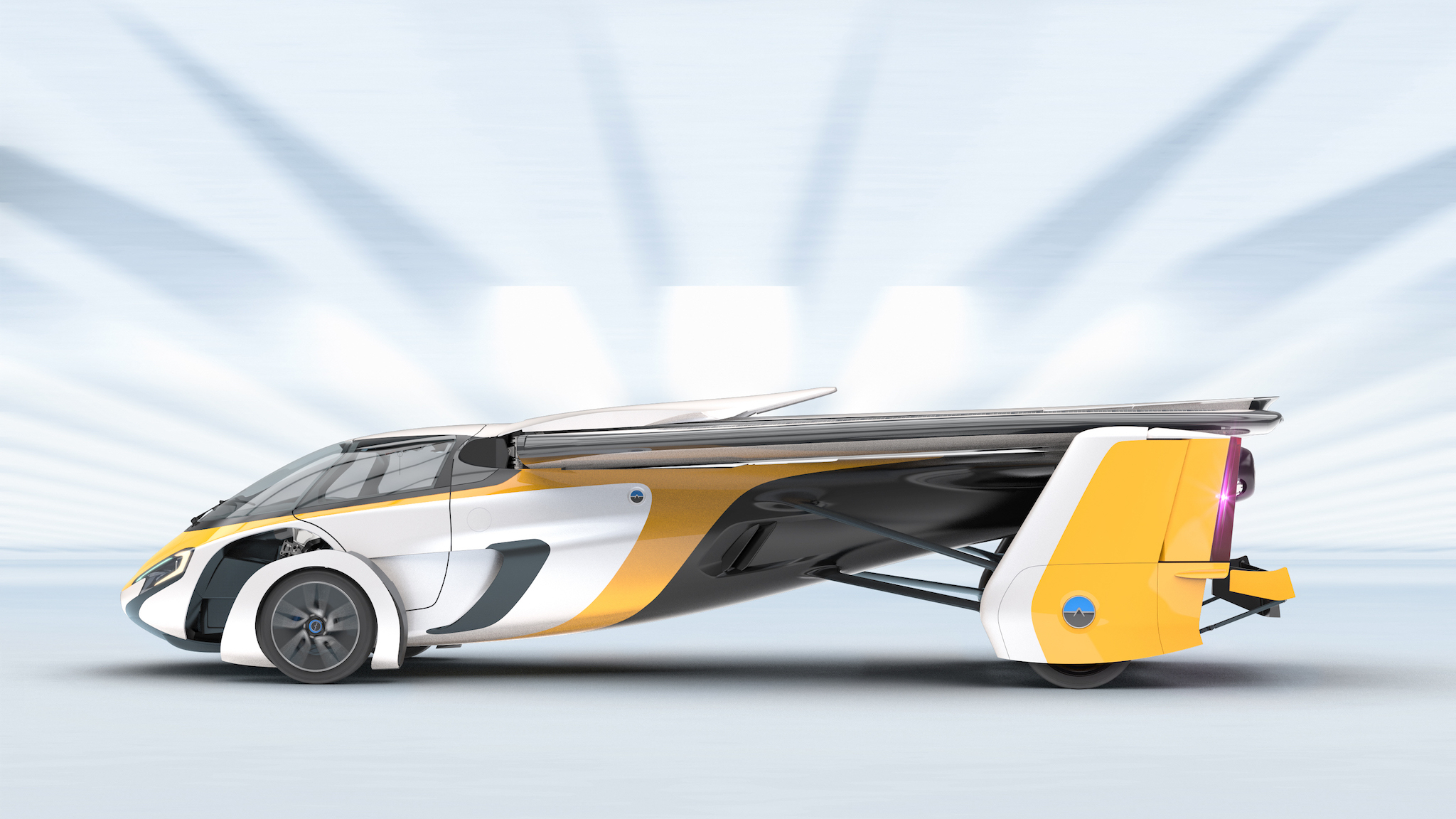
Image: Aeromobil
The elites above
While some manufacturers of eVTOLs market the reduction of traffic congestion as one of the advantages of a shared aerial public transport system, others are contemplating a potential deepening of inequality.
In an article for the Centre for American Progress, titled Flying Cars Will Undermine Democracy and the Environment, Kevin DeGood writes: “If flying cars only provided the occasional trip to a few centimillionaires or billionaires, the effect on society would be negligible. The technology would be just another toy in the stable along with exotic cars and megayachts. Yet, if the technology becomes more ubiquitous, the effect will become substantially more threatening…
“Flying cars represent a political danger because they will allow wealthy elites to further opt out of common institutions and everyday experiences, deepening social segregation… For the wealthy, the magnetic attraction to flying cars derives from their ability to connect in a few minutes the walled garden of home to the rich cultural amenities and economic opportunities of metropolitan life. In short, the high-speed transportation service that flying cars provide will help elites achieve a dual demand for hyper-seclusion and hyperaccess.” DM/ML


















 Become an Insider
Become an Insider
In our recently published book, The Future Starts Now, I devoted an entire chapter to flying cars. Transformer type roadable aircraft won’t be a success for the simple reason that roadworthy wheels, suspension, brakes, transmission and steering are too heavy, making the aircraft ungainly and difficult to fly. Similarly, VTOL passenger drones are virtually impossible to turn into street legal cars. Air taxis will be electric multi-rotor craft with advanced battery technology, or hybrid power like hydrogen fuel cells or turbine generator to improve range and payload. See Joby Aviation, Archer and Bell Nexus for good examples, although there are over 65 companies working on prototypes!
Good topic & relevant for what lies ahead. Anyone with hands on experience with the capabilities of todays drones will know it’s just a matter of time for it to become a reality.
Unfortunately, the author ends the article with some strange logic about inequality & technology. All modern-day technology, like cellphones etc, that the masses enjoy today would not be there if it did not go through the expensive phase that only the wealthy elite could afford. Also, I’m struggling to understand how electric powered flying cars running off batteries that are charged by solar panels can be worse for the environment & us all than combustible engines that spit out poisonous gases.